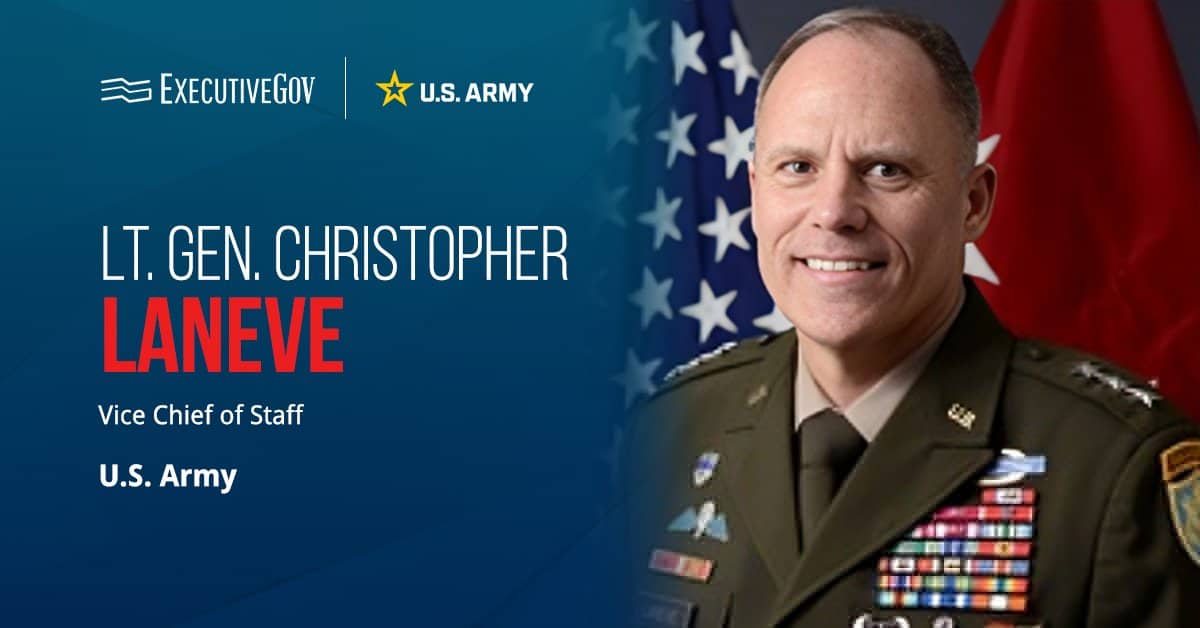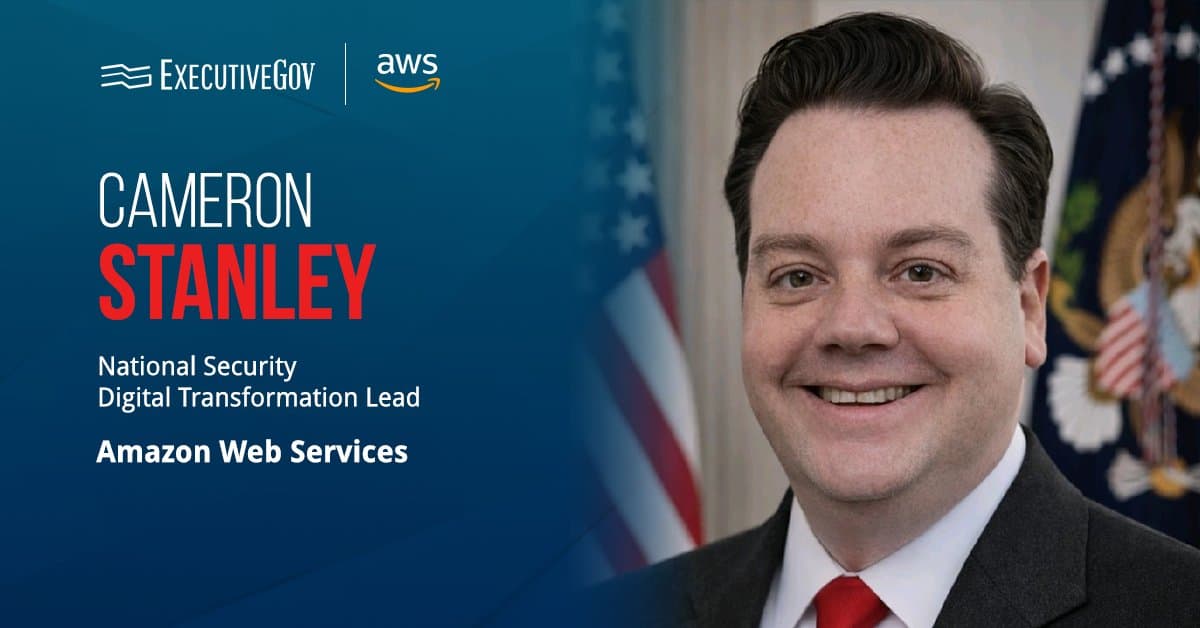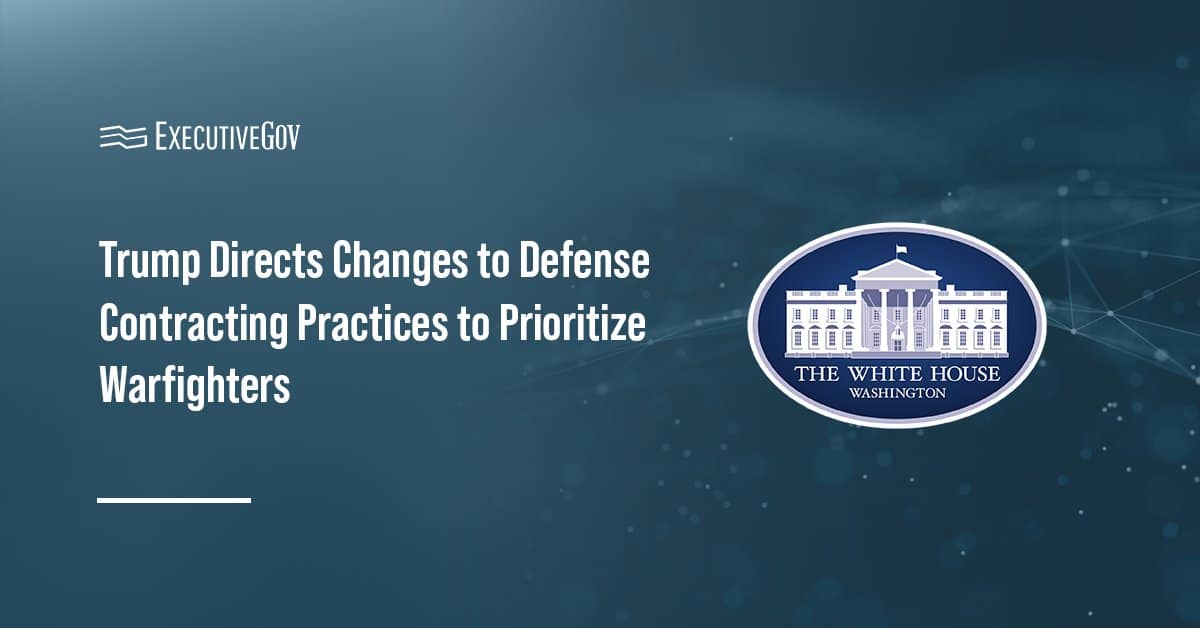The General Services Administration and the Defense Acquisition University have collaborated to develop an acquisition regulation comparator that could enable Acquisition.gov users to compare up to three acquisition regulations by providing them side-by-side view of multiple regulations.
Acquisition personnel were required to open multiple tabs and see each regulation individually before the ARC tool was implemented, according to a GSA blog post published Tuesday.
With the ARC, users can now compare specific sections of other agencies’ regulations, assess how supplemental regulations are being implemented by agencies and find examples that could be used to guide others in implementing regulations.
GSA said there are 32 regulations that have been integrated into the ARC, including the Federal Acquisition Regulation used by all executive agencies.





